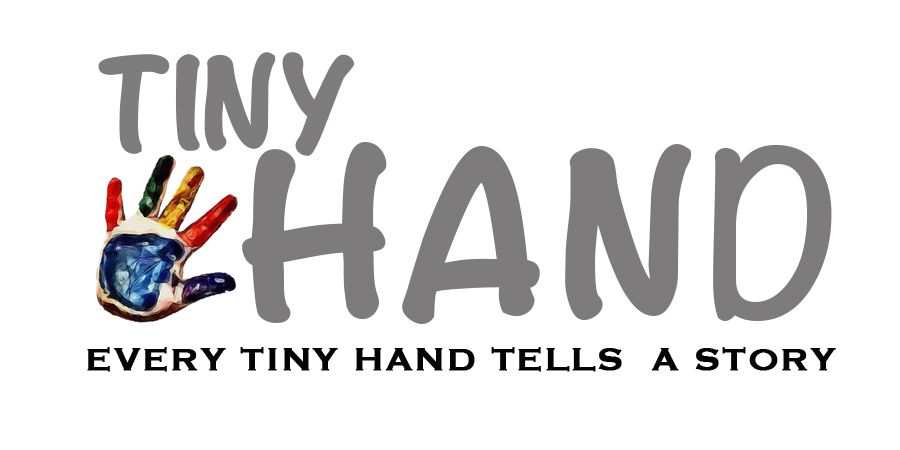What stories do Syrian camp children’s eyes tell?
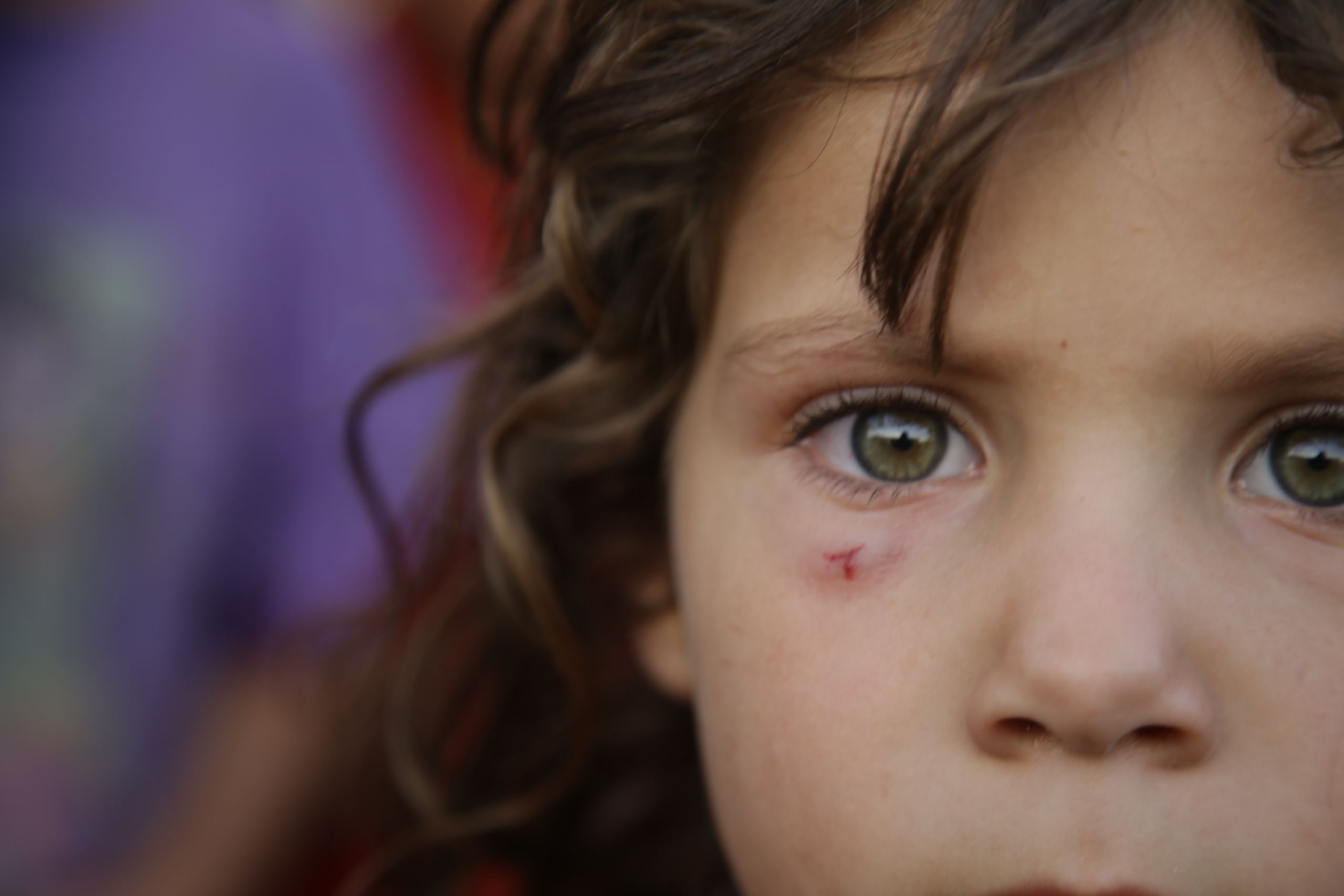
Five million children were born during war in Syria, UNICEF reported. The actual number could be more or less than that, but in all cases, it is such a huge number.
What does it mean if you know nothing but war and displacement in your life? A question that those children will not be able to answer correctly now, after tens of years, they may tell their story in detail.
However, today they can tell a chapter thereof. They can describe only their circumstances.
In the eyes of 13 female and male children in the Syrian camps, what can you see?
Moaaz has been displaced for six or seven times although he is not more than 10 years old.
“What can you see, Moaaz?”
"I see doors made of cloth from parts of torn curtains. Beds are made of foam mattresses placed directly on the ground by my father. Walls are demolished. These homes are all destroyed by the war hitting us from everywhere. Now, I see my friends Mahmoud, Ammar and Hala,"
This child lives with his family inside a shop in Souq Al-Hal Market in the northern countryside of Aleppo.
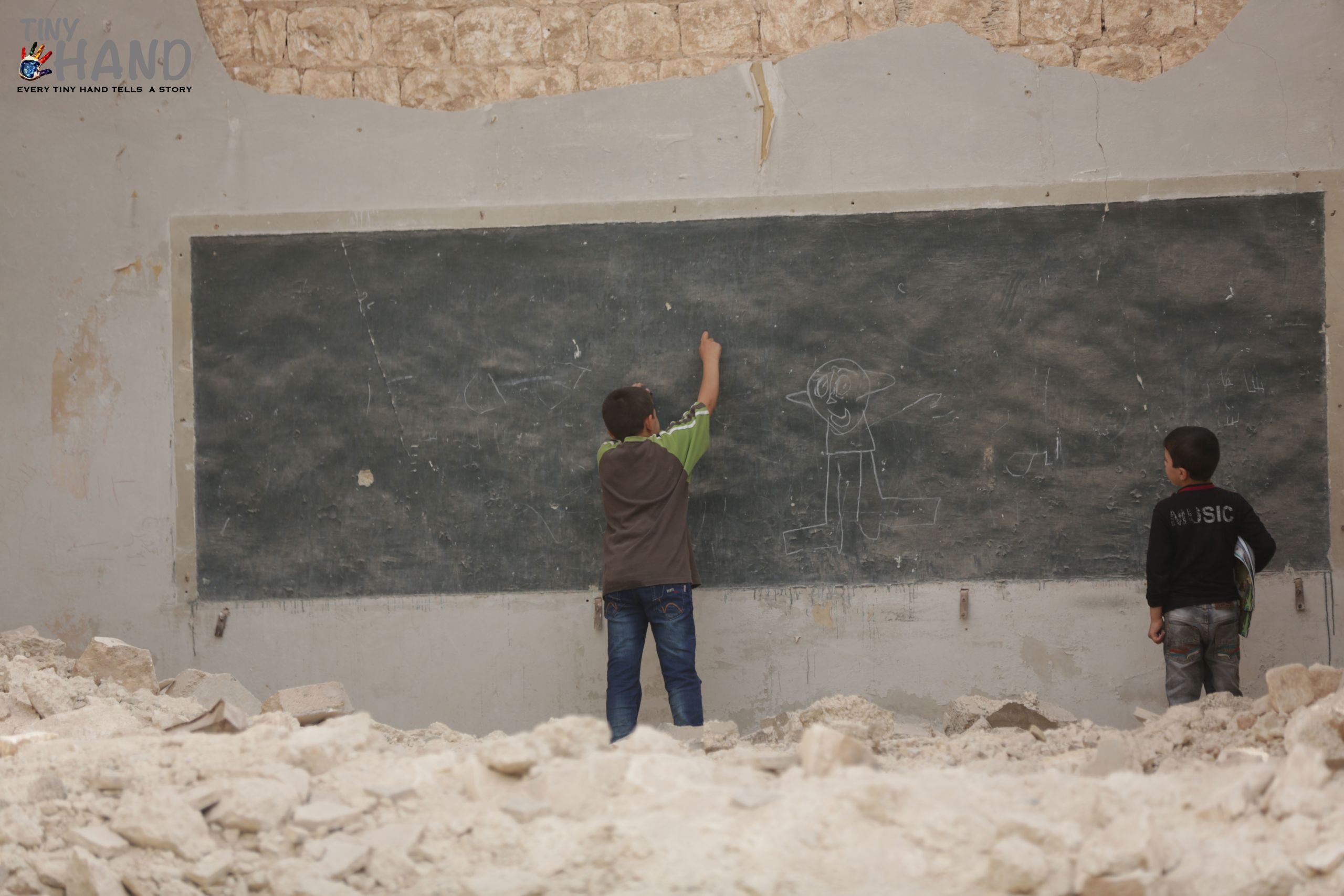
After nine years of conflict, the Syrian crisis has been substantially affecting children inside Syria, across and beyond the region. Every Syrian child has been impacted by violence, displacement, severed family ties and limited access to vital services. All such conditions have considerably affected the children psychologically.
Among those children, we met Rahaf inside her tent. She was indulged with the mobile screen and completely taken by the world of Tom and Jerry cartoon.
What can you see, Rahaf?”
"I see pillows serving as chairs in this tent, the carpet I sleep on, and far away there is war with many of artillery and bombs,"
Rahaf sees herself luckier than her friend Do’aa, as Rahaf’s father allows her to watch her favorite cartoon Tom and Jerry on his mobile phone.
After watching it, she performs the scenes in which the cat pursues that little mouse to her best friend.
![[object Object]](./assets/Ju7giUWf8m/screen-shot-2020-08-26-at-10-34-29-610x563.png)
![[object Object]](./assets/yvokIdfotF/eye1-864x576.jpeg)
![[object Object]](./assets/fmfsJwFKun/screen-shot-2020-08-26-at-11-43-32-661x562.png)
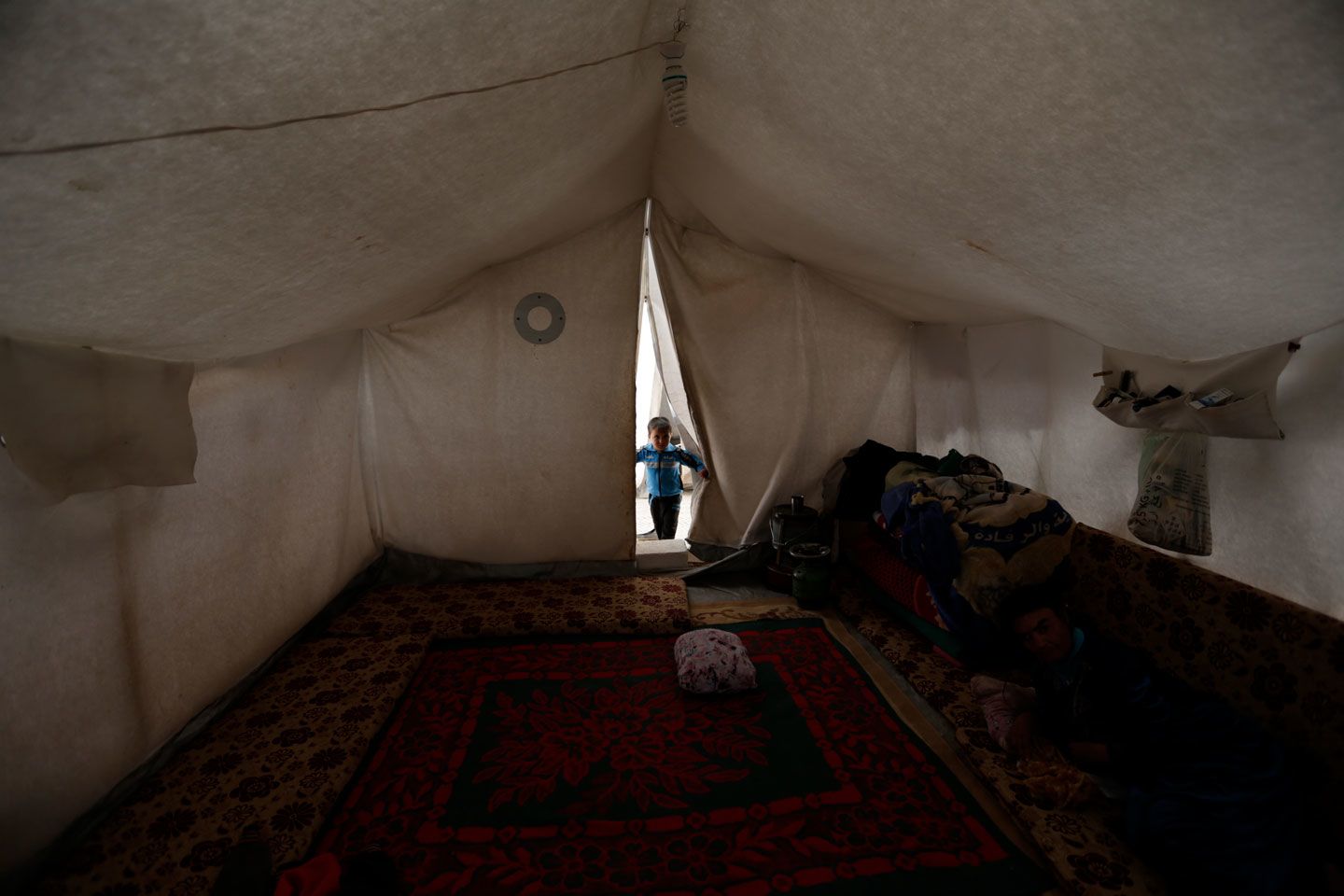
In its latest report, UNICEF said that the war on children in Syria has been one of the most brutal in recent history. On average, a child in Syria has been killed every 10 hours due to violence, and more than 2.5 million children have been uprooted and forced to flee to neighboring countries in search of safety.
This safety is what Rehab can feel while playing with her friends.
What can you see, Rehab?
"War! I see people fighting against each other, because of them we were displaced. We fled to this camp where we found birds and children. This place is full of stones and motorbikes. My friends, Noura and Fatima, are here too. I love them so much"
UNICEF announced results of a recently conducted survey. The face-to-face survey asked Syrian people in Syria, Jordan and Lebanon about the greatest challenges and concerns they and their children face nearly a decade since the war began.
Syrians everywhere stated that children paid the heaviest price in this conflict. Psychological damage and impact on mental health were identified as being as severe as physical wounds.
Most of those children, for example, used to sleep on beds in their homes, but today they either live in a tent, a truck or even in an abandoned shop, including the child called Maram.
What can you see, Maram?
"I see trucks in which people sleep side by side to pillows, blankets, and chairs. They are not our homes, but today they have turned into small shelters"
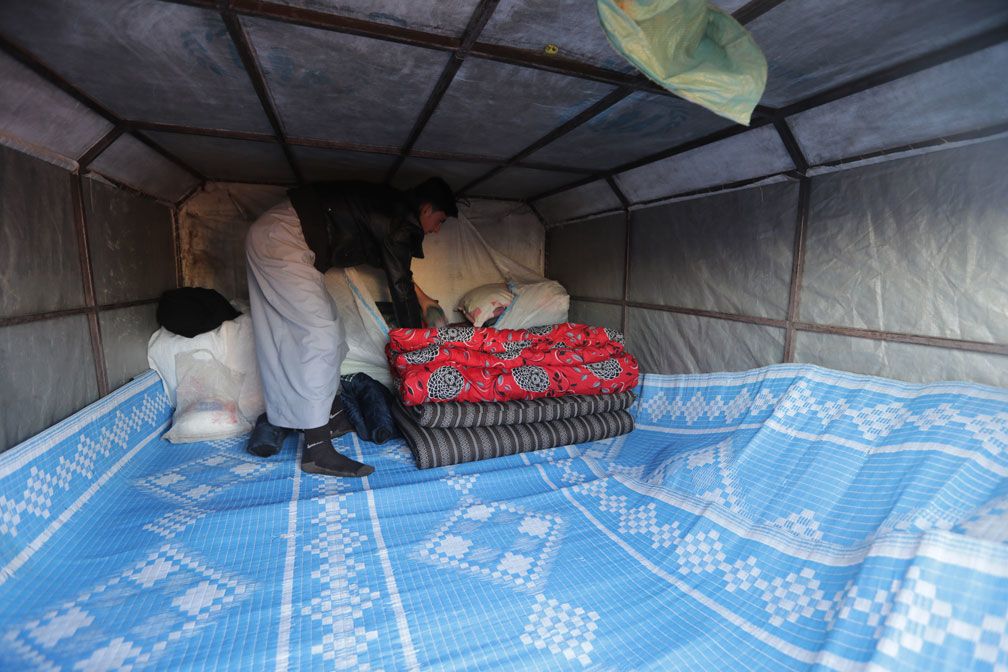
Such trucks, however, were not suitable for the family of the child called Qamar, as they would not accommodate 11 members of her family who ended up staying in a tent.
What can you see, Qamar?
Windows, a door made of cloth and a carpet covering the stones on the ground. My mother cooks on the branches of trees that we collected in the morning. I do not know what is inside the pot, but certainly it is not meat. The last time we tasted meat was during last Ramadan when it was distributed to us"
According to verified data, an average of one child in Syria is killed every 10 hours due to violence, UNICEF reported.
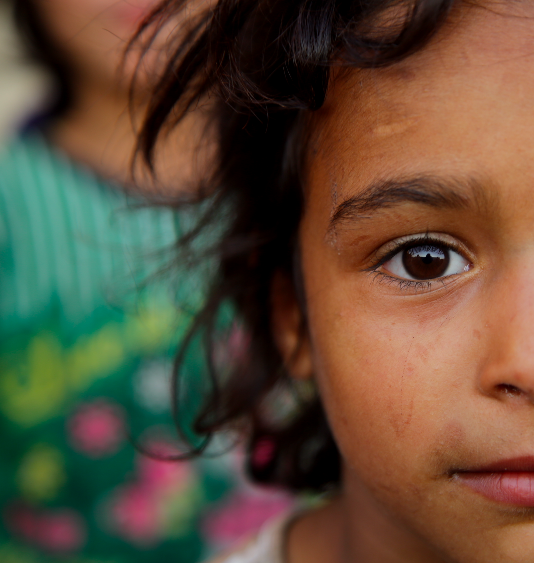
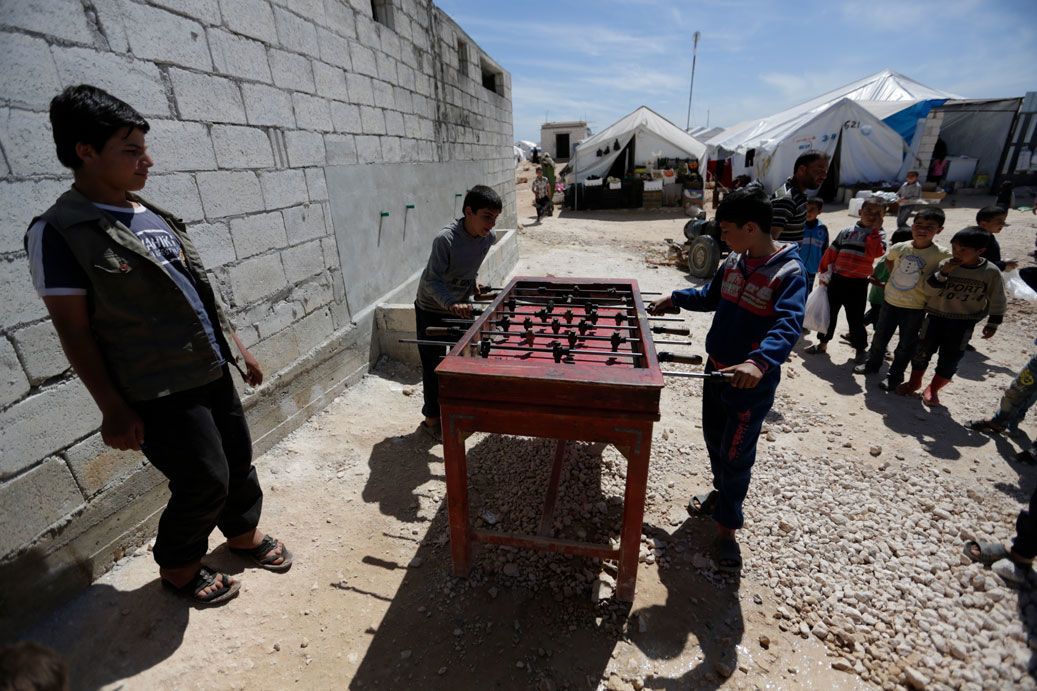
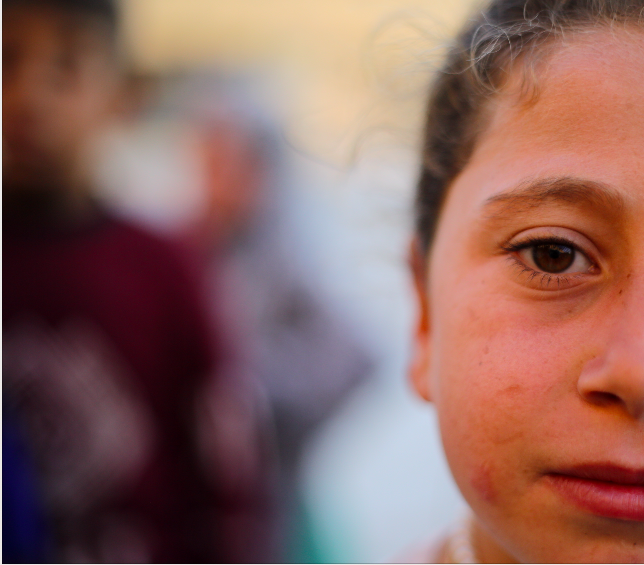
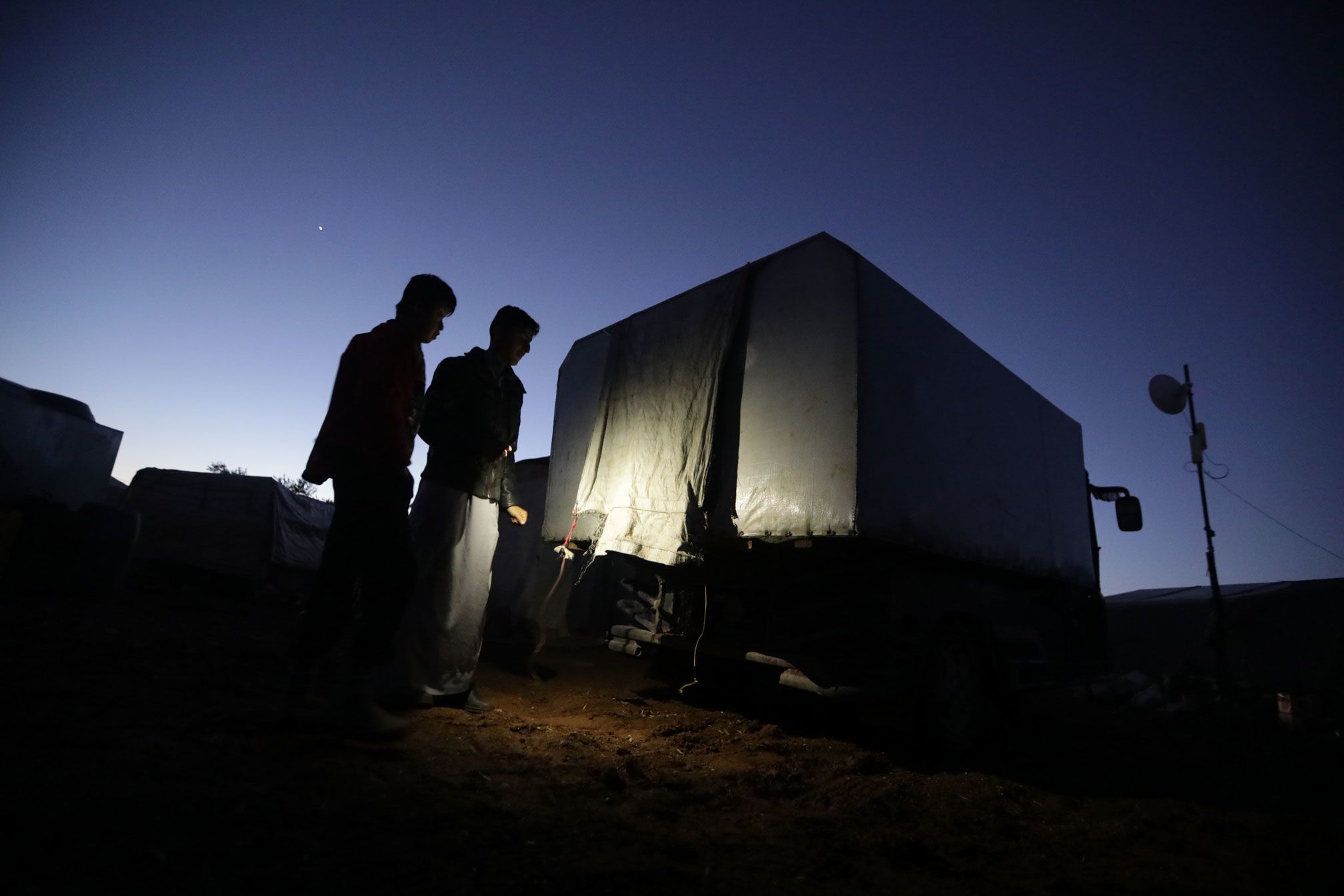
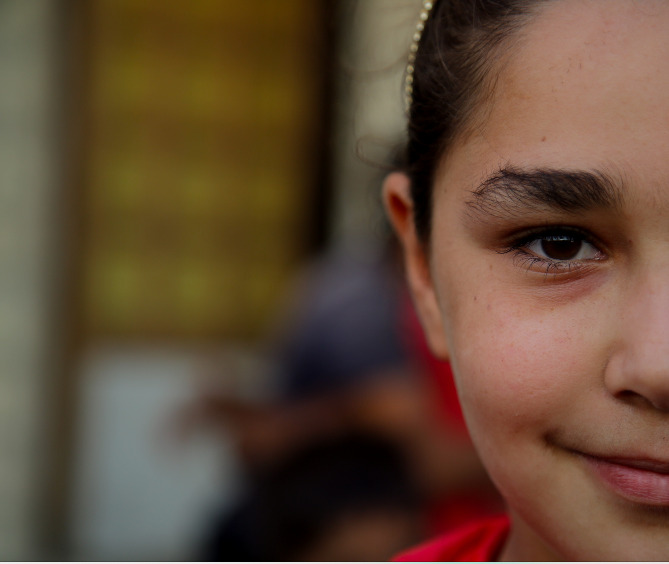
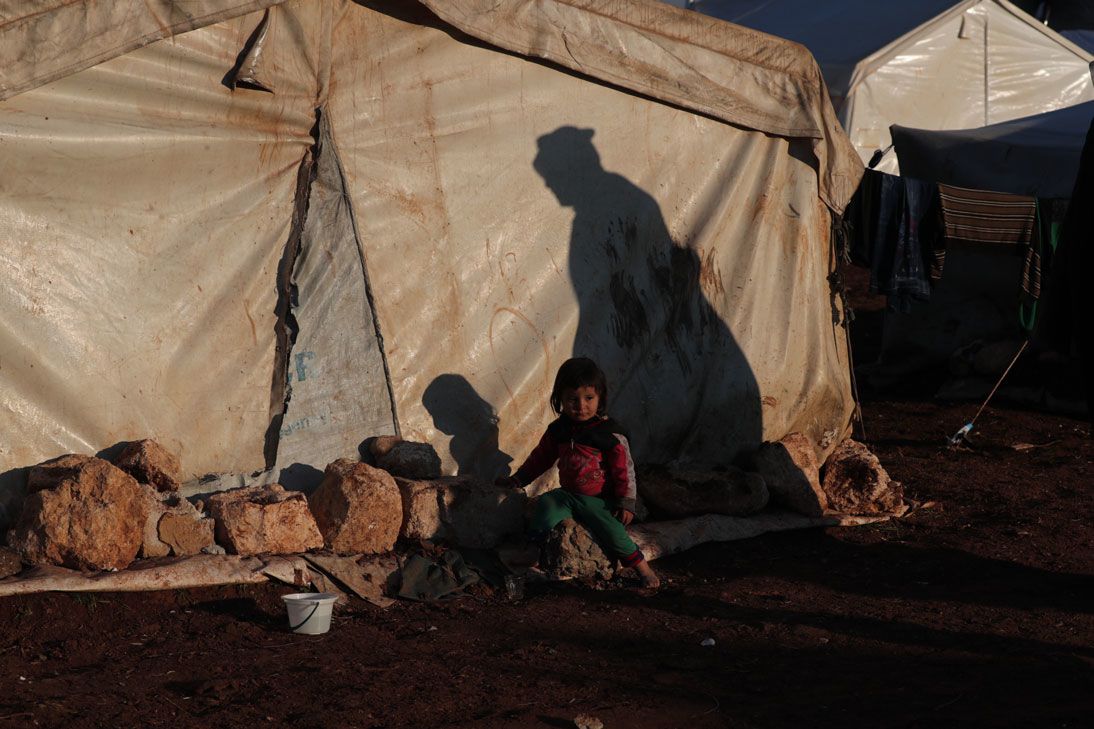
In northwestern Syria, we met a child called Ahmed. There is a total of 153 respirators and 148 beds in the intensive care unit, while around one million Syrians have recently displaced and are now living in overcrowded areas.
In northeastern Syria, there are less than 30 beds in the intensive care unit, ten respirators only for adults and only one respirator for children.
However, all this does not matter to Ahmed, as when we asked him “what can you see?” he replied:
"In our tent, there is a mirror, a bed and pillows. I see trees and children. Wherever I look, I can see stones, I hear the war sounds, artillery, bombing and people fighting against each other by weapons."
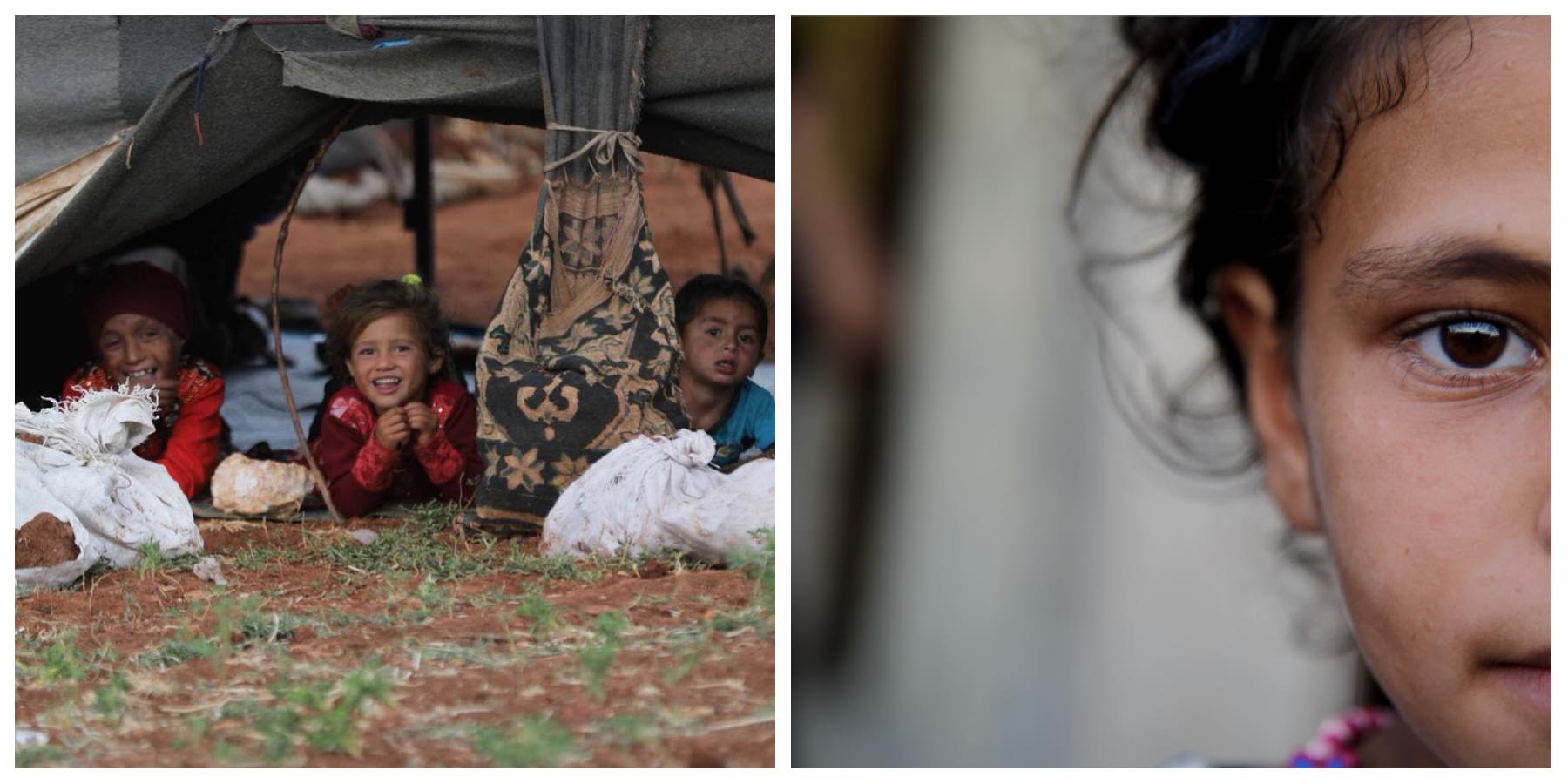
What can you see, Jana?
"Fatima, my friend with whom I play. I see dust covering the place, dirty cloth and the toys that we made from stones."
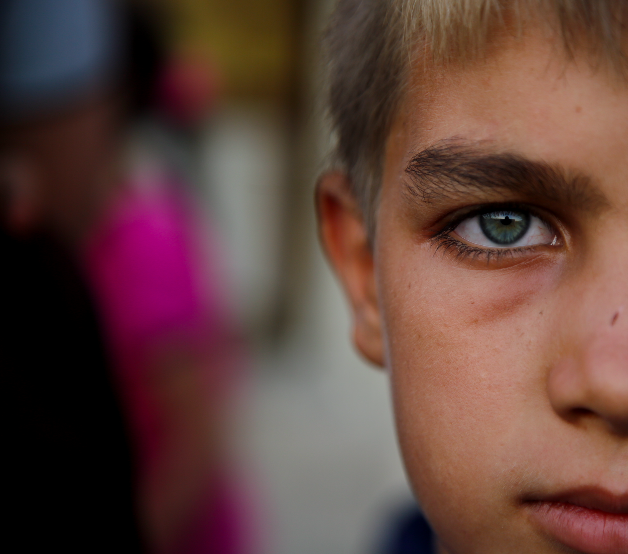
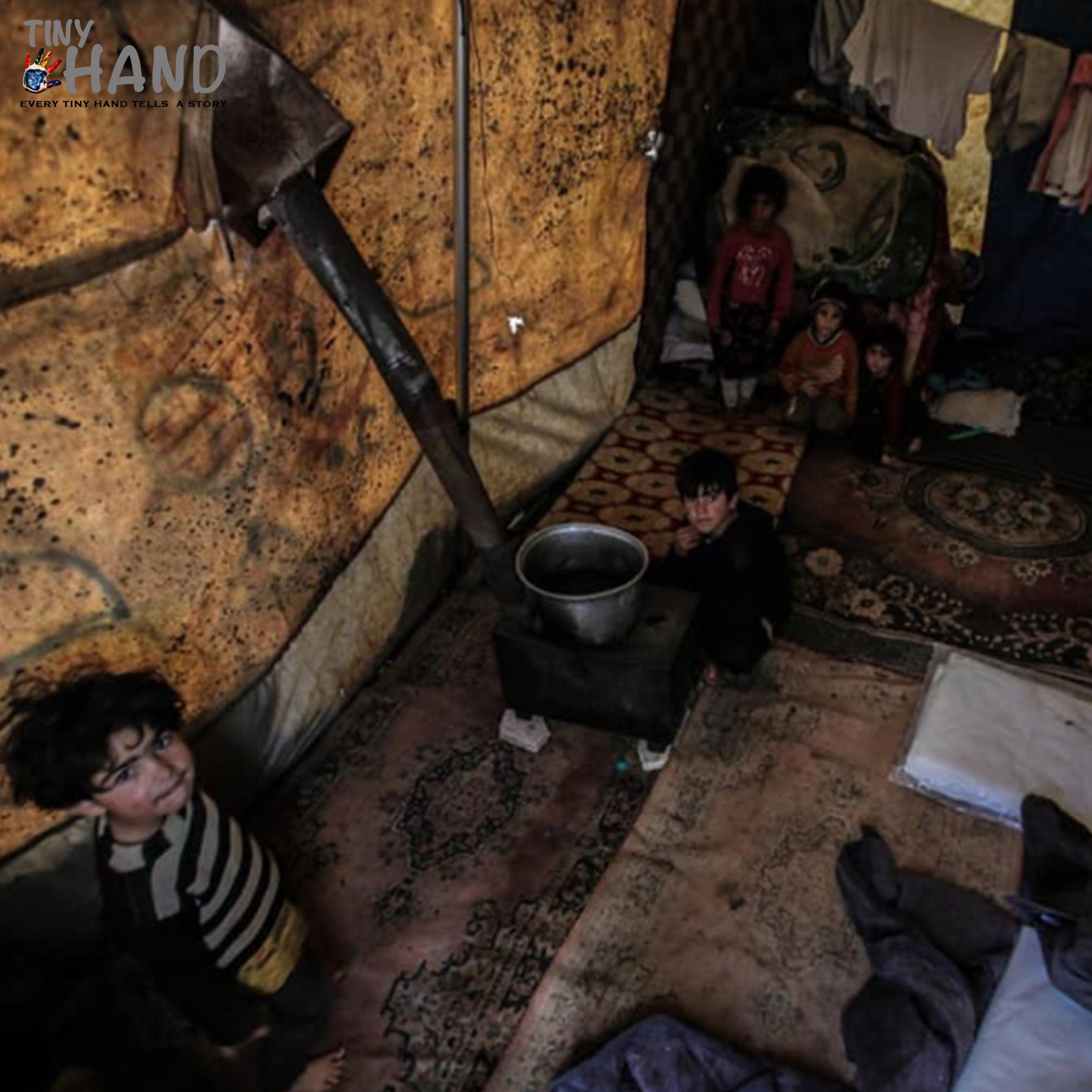
“As the conflict enters its 10th year, millions of children are entering their second decade of life surrounded by war, violence, death and displacement,” said UNICEF Executive Director Henrietta.
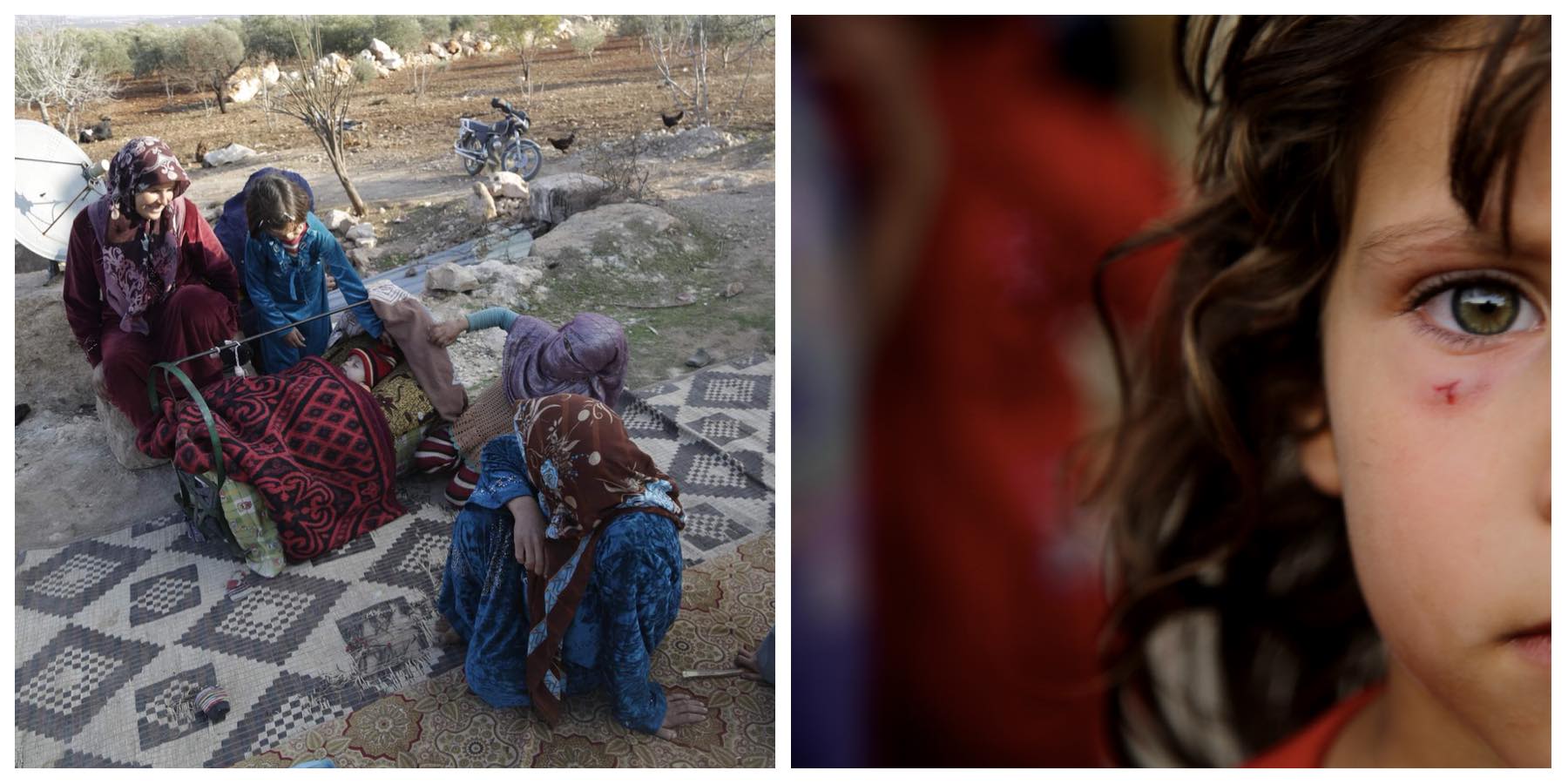
"I see a big market with houses, tents, chairs on the road, and my little brother's bed. These can hardly be described as houses. They are not homes. Rather, they are the place where we fled to for fear of bombing and death." Rawan
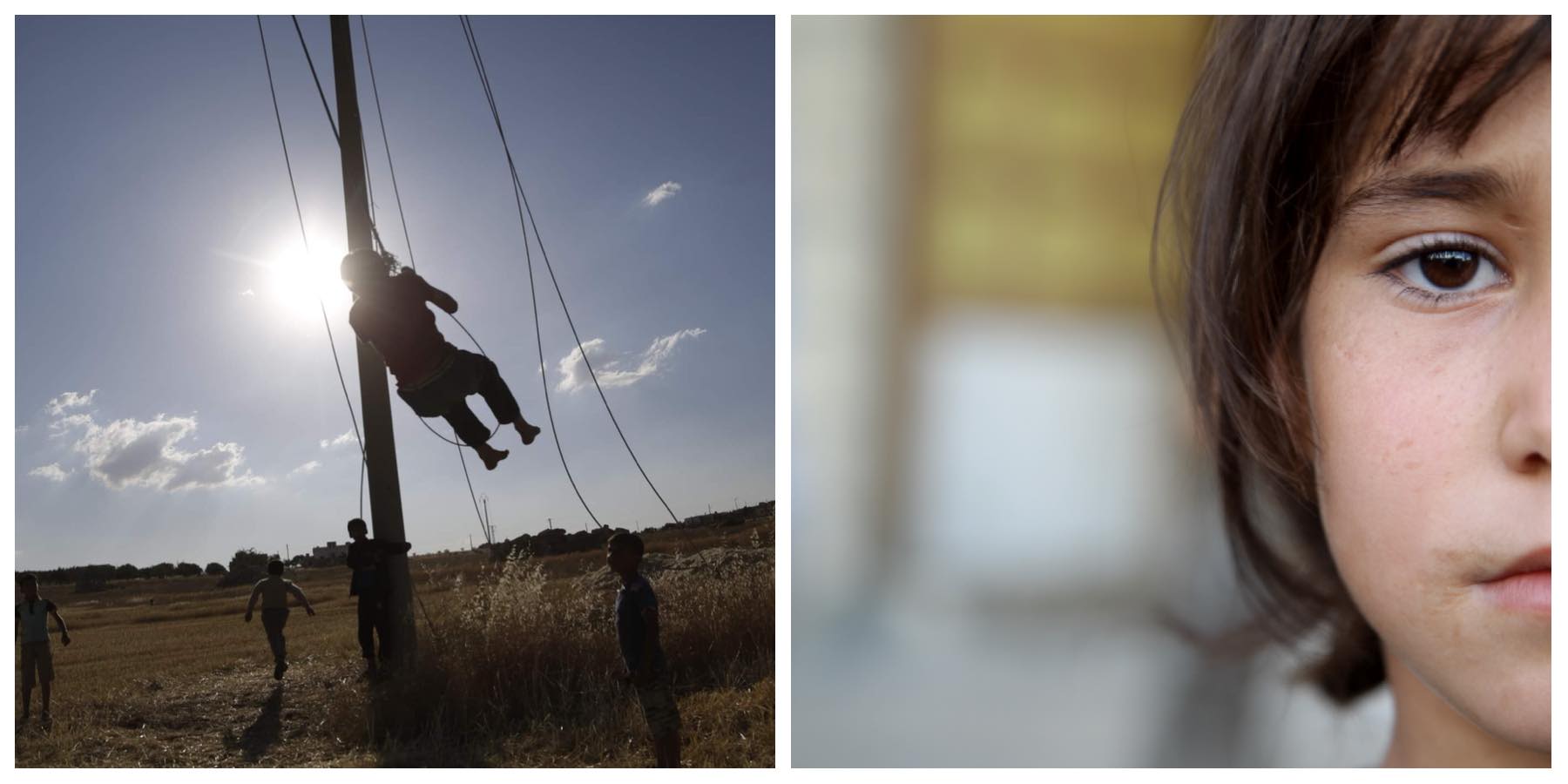
“I see swings made of wire hung on wooden poles, and my friends playing all day." Yasmin
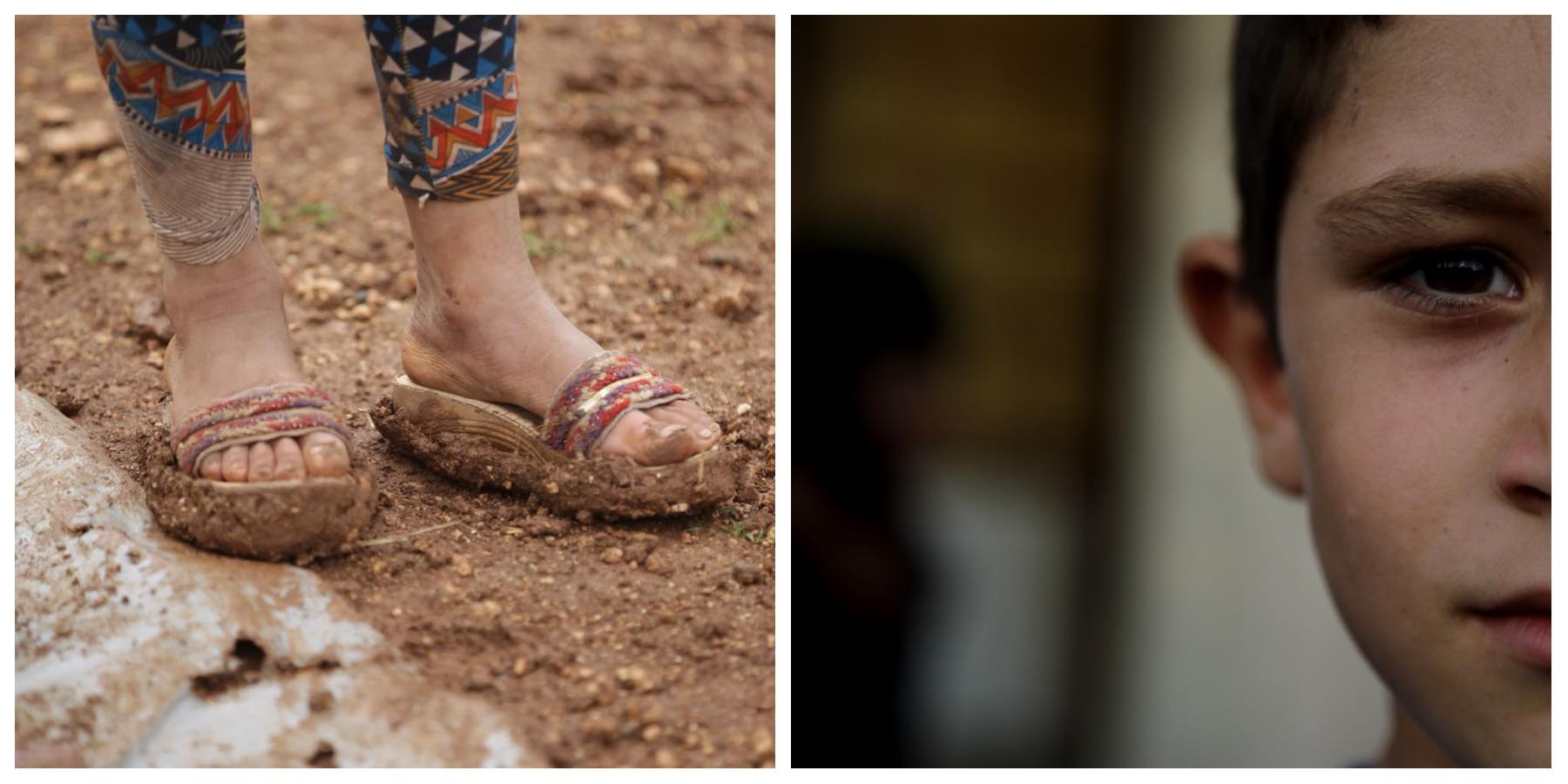
“I see mud and dust are everywhere and houses are without doors and windows. The prettiest thing here is the birds." Mohamed
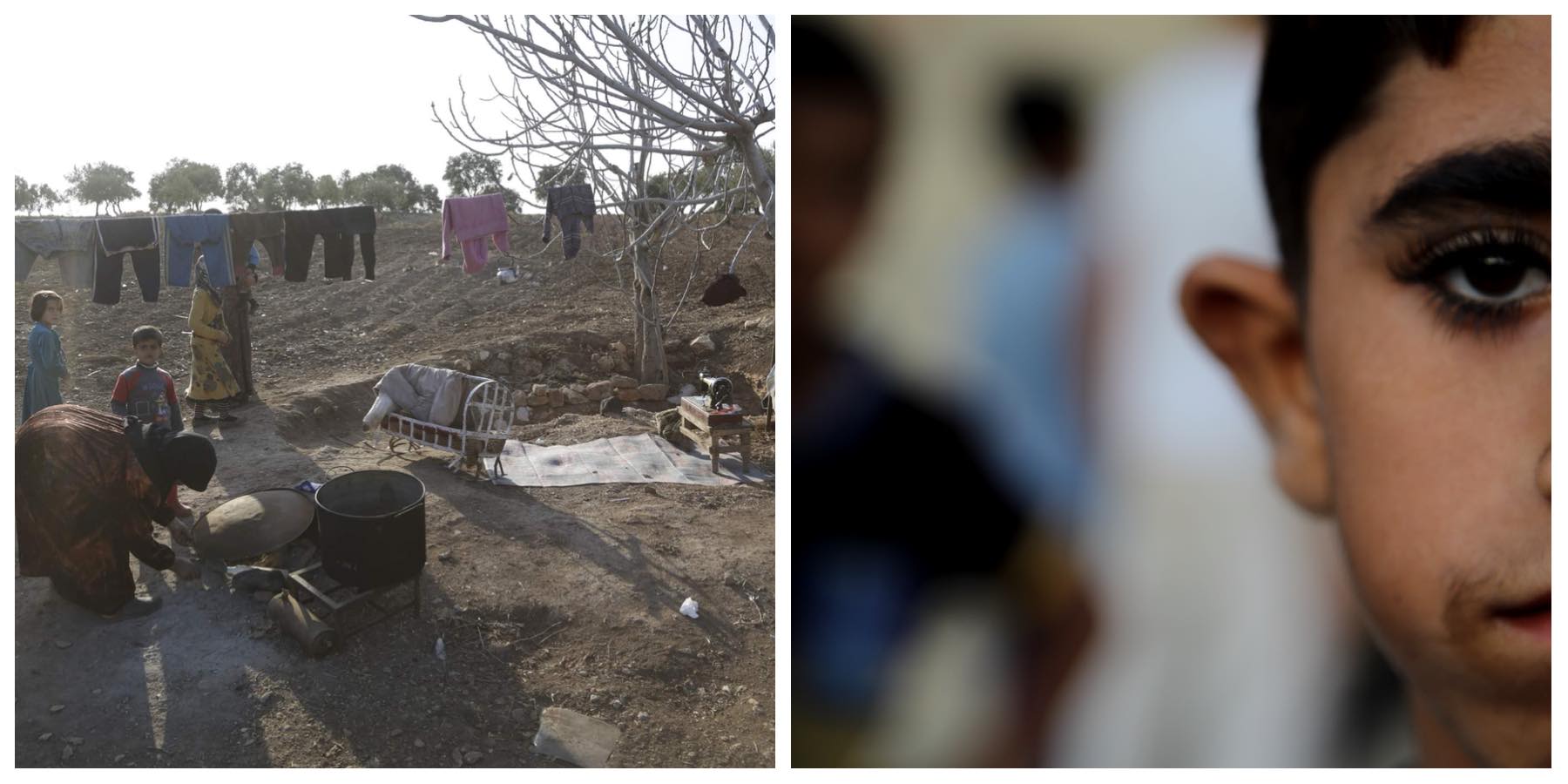
“I see clothes hung on a clothesline to dry. My mother makes lunch in our outdoor kitchen, and my siblings play.” Kasem

